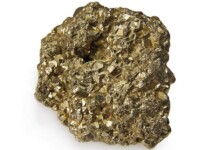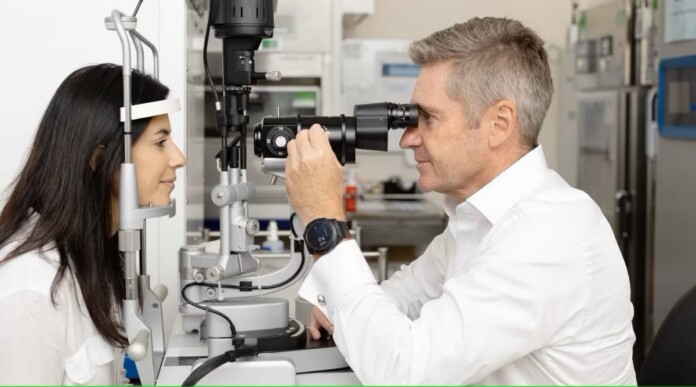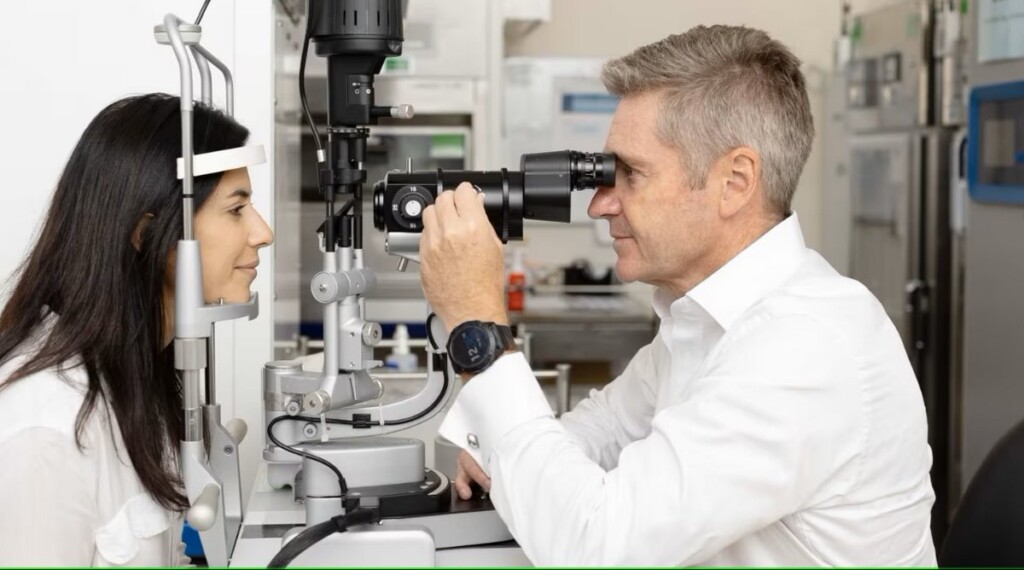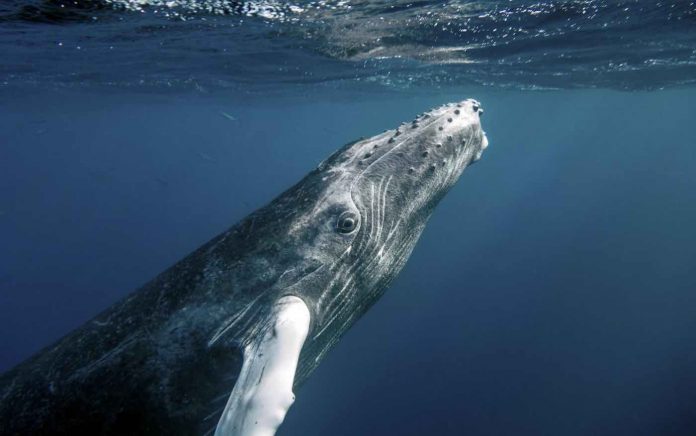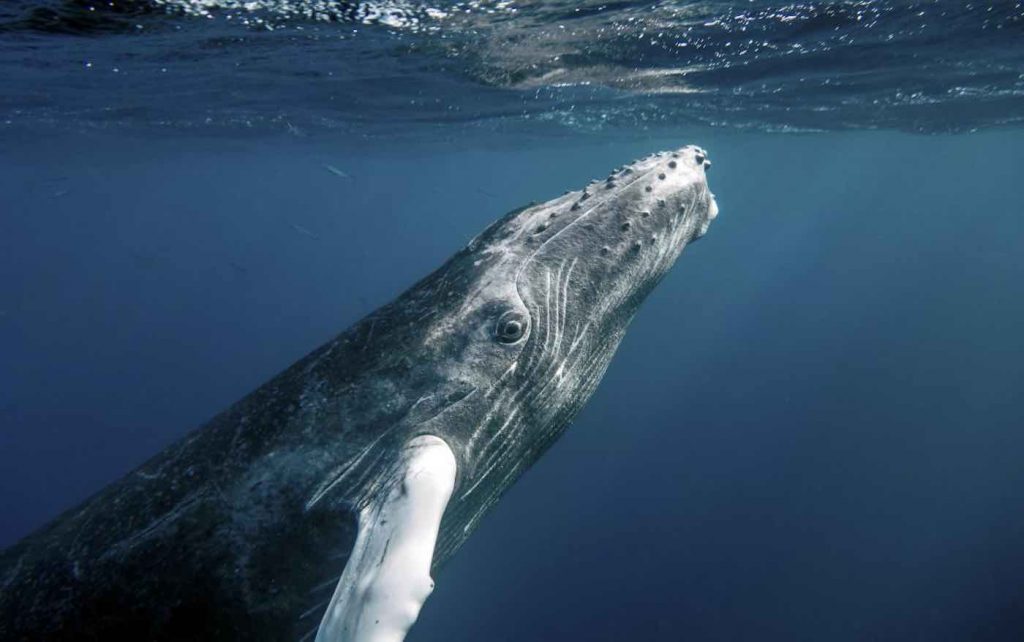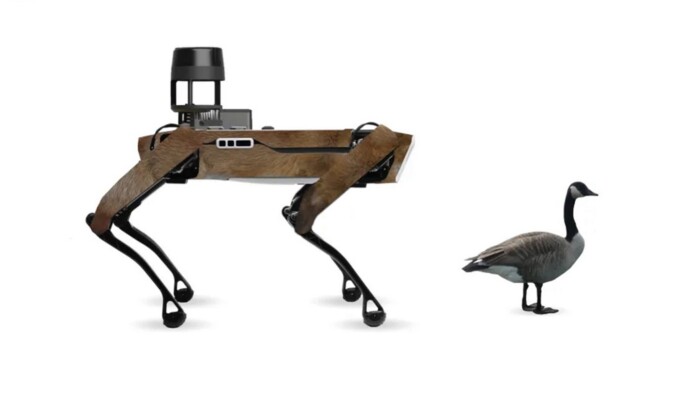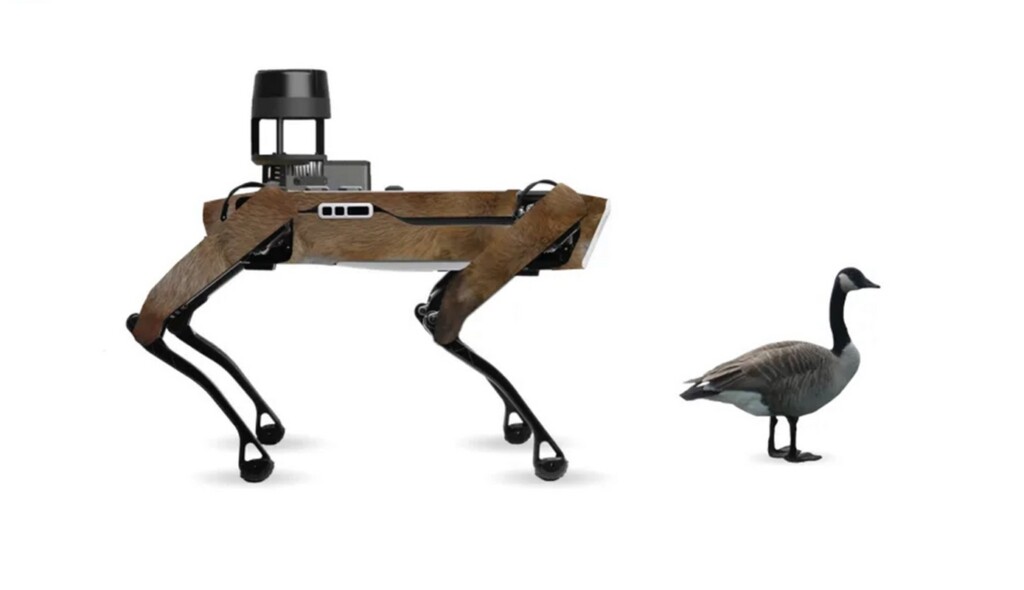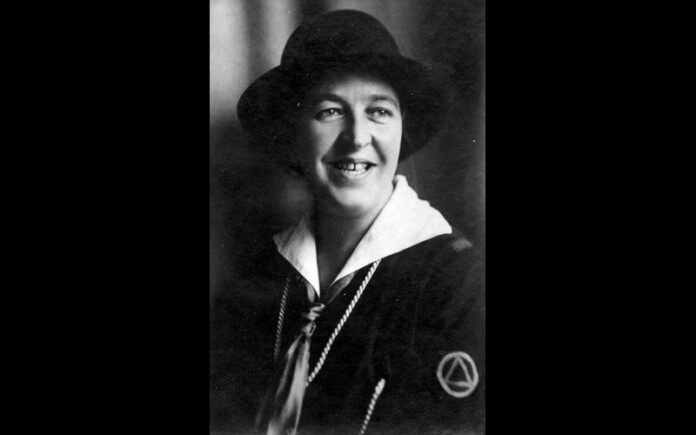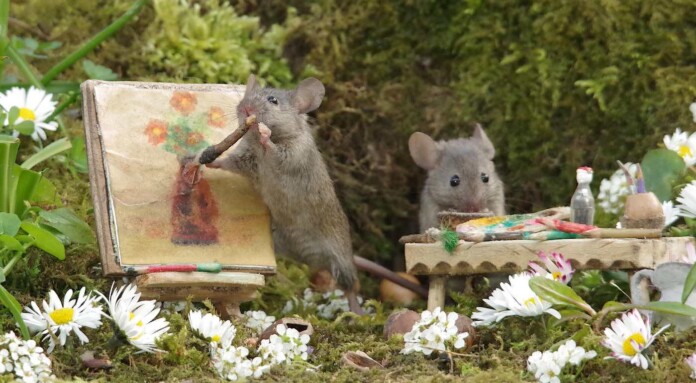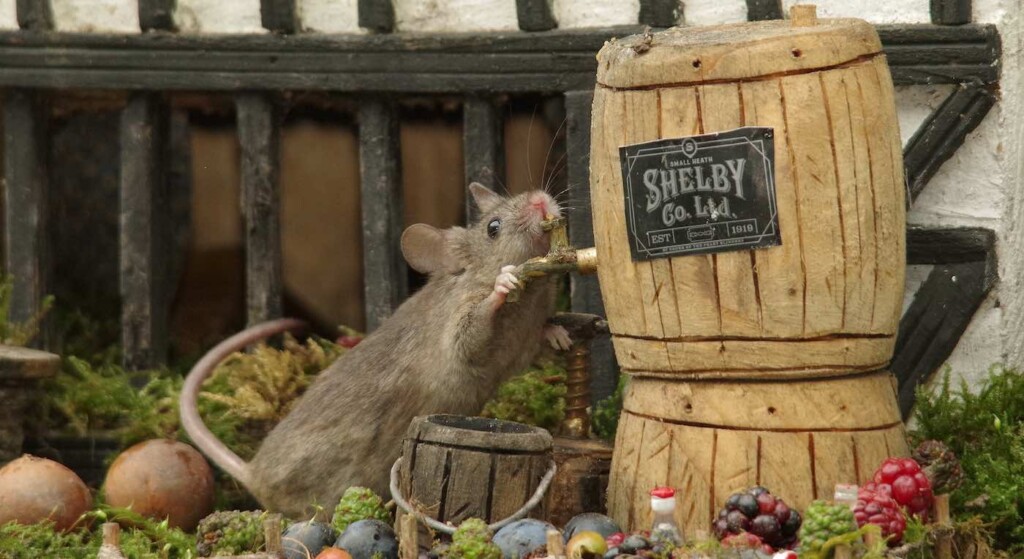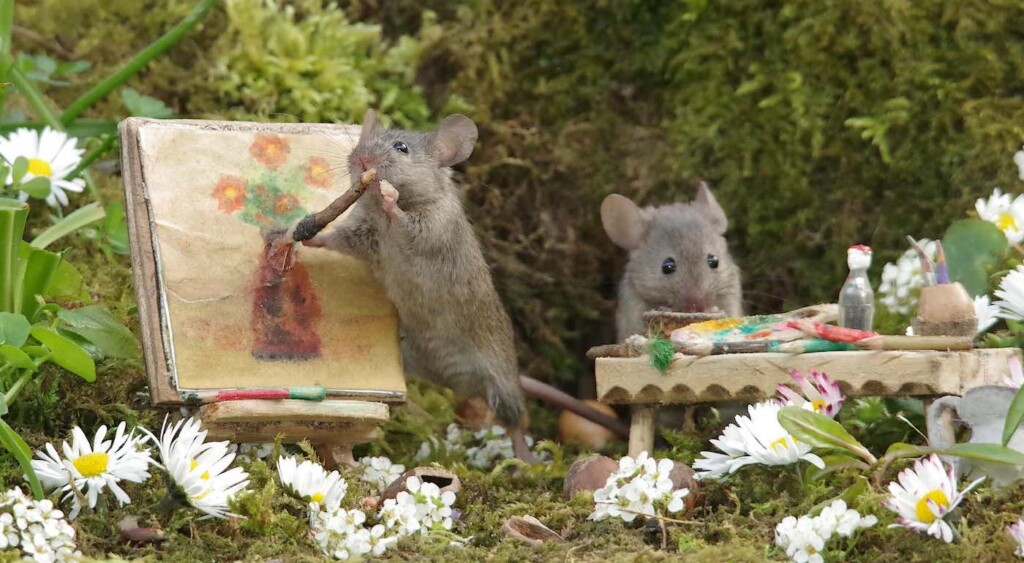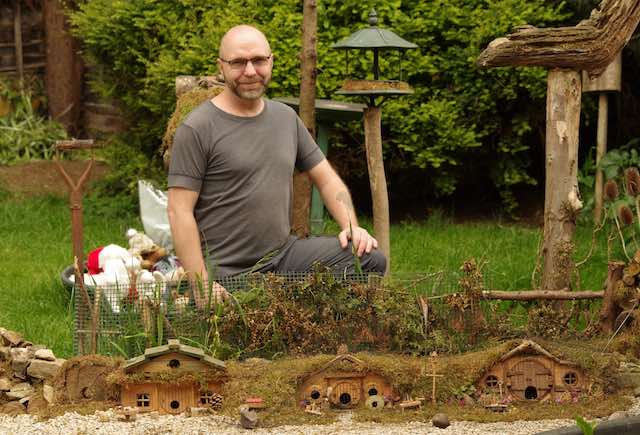
Appalachian mining country seems an unlikely place to find a potential breakthrough in renewable energy, but samples of mine tailings in West Virginia have turned up plenty of lithium contained inside fool’s gold.
The team of scientists behind the discovery described it as “previously unheard of” and they hope that lithium extracted this way could mean a sustainable, steady supply of the rare earth element that currently has to be mined.
Because of its extreme reactivity, lithium is a great material for batteries, used for storing excess energy generated from solar panels and powering the millions of electric cars sold worldwide every year.
Demand for lithium has skyrocketed recently as countries attempt to transition to greener energy sources, and though massive deposits are present in the Lower 48, American lithium would still have to be extracted via environmentally harmful mining.
A research team from West Virginia University wanted to discover new stores of lithium. In particular, they were interested in whether waste streams from previous industrial operations such as mine tailings or drill cuttings could serve as a source of lithium without generating new waste.
This is already common in the gold mining industry, with companies like DRDGold and its subsidiary Far West Gold Recoveries, treating old slime dams and sand dumps around South Africa’s gold fields to extract gold that’s been missed, making over $1 billion net in the most recent fiscal year.
GREEN ENERGY IN THE BLACK COUNTRY: A Foundry Closure Devastated Tennessee Town but New Lithium Plant Brings Hope, Thanks to 2021 Infrastructure Bill
Scientists studied 15 middle-Devonian sedimentary rock samples from the Appalachian Basin in the US and found plenty of pyrite inside shale that contained lithium.
“This is unheard of,” said lead researcher and Ph.D. student Shailee Bhattacharya. “But it is promising because it hints at the possibility that certain shales could be a lithium source that doesn’t require new mines.”
The study, due to be presented at the European Geosciences Union (EGU) 2024 General Assembly, found that lithium was more likely to be found in sulfur-rich pyrite, although further research will be needed to establish why this is.
MORE LITHIUM FINDS: World’s Known Lithium Reserves Up 40% After Colossal Discovery in India Turns Up 5.9 Million Tons
“Organic-rich shale may show potential for higher lithium recovery because of the curious interaction between lithium and pyrite,” Ms Bhattacharya said.
“I am trying to understand this association, but the hope is, with lithium discovered in pyrite, we can talk about sustainable energy without using a lot of energy resources.”
SHARE This Remarkable Surprise Hiding In Old Mine Waste With Your Friends…


